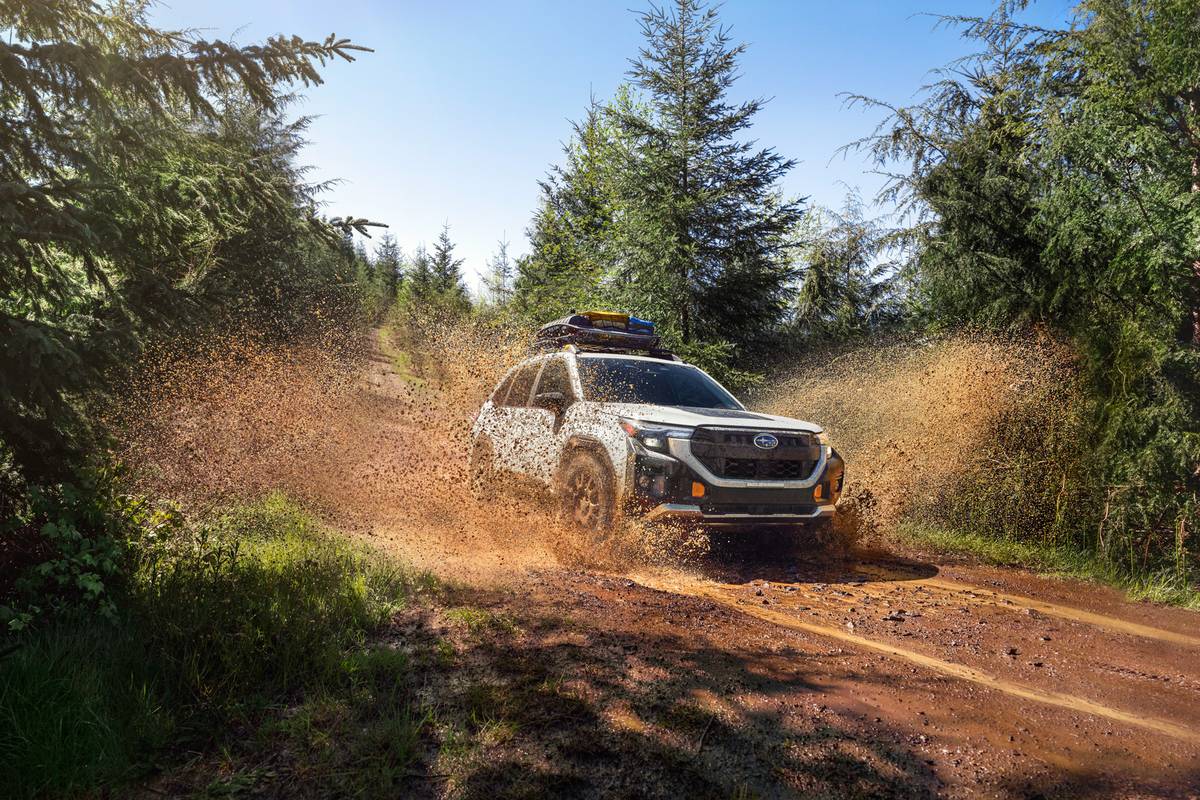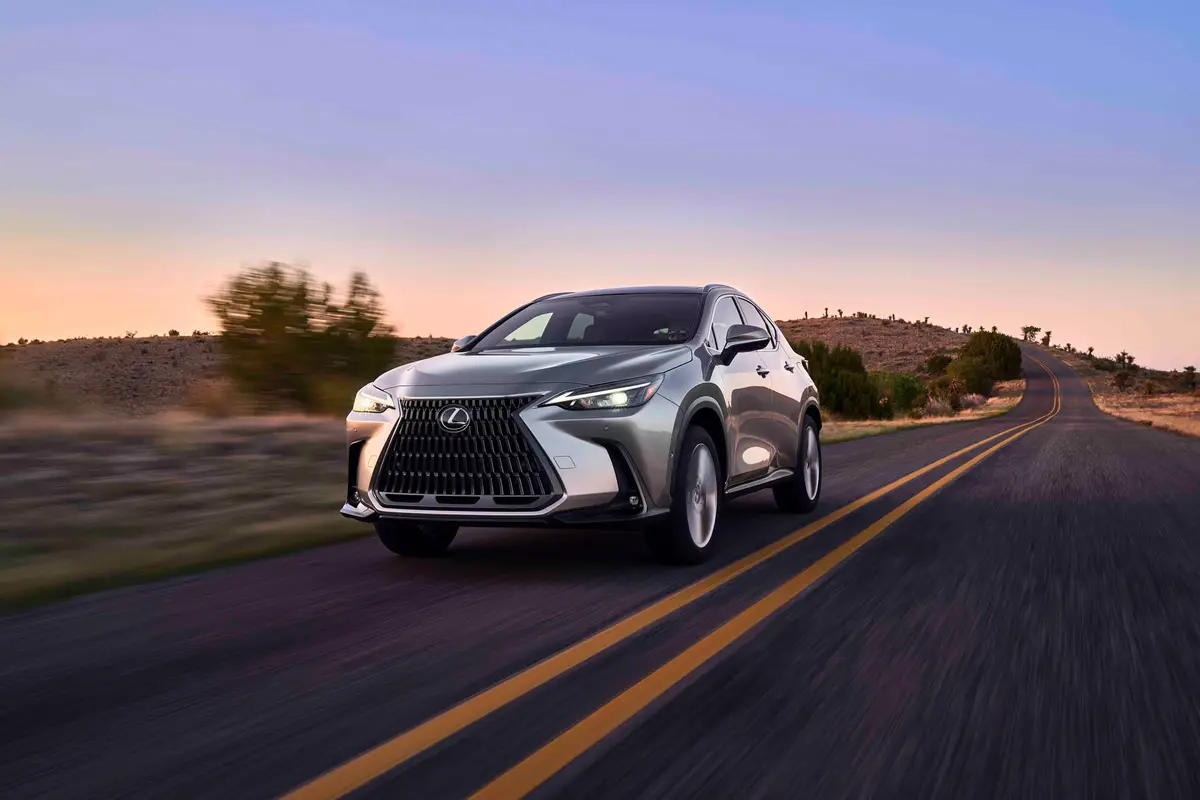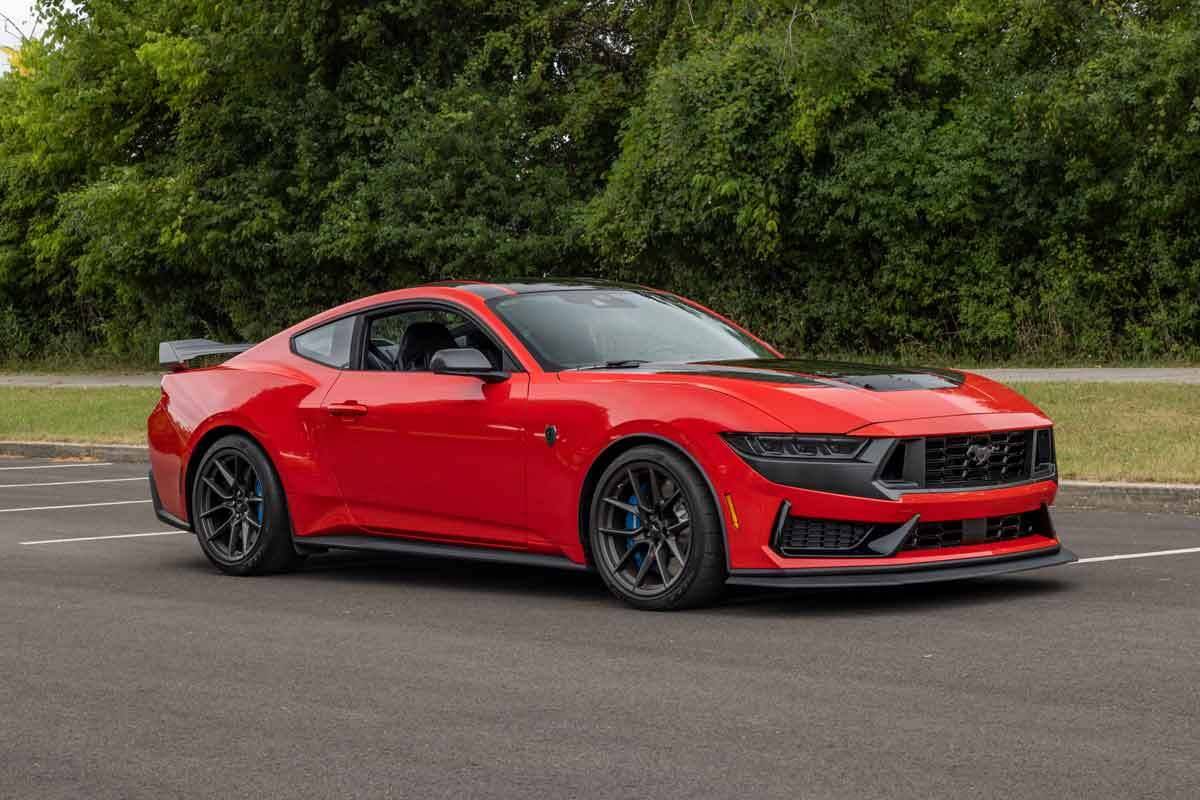Detroit Newspapers's view
About halfway to Chicago in my Chevy Silverado test truck, a couple of things occurred to me.
First, there are going to be times when some vehicles are so closely matched — Ford and Chevy full-size pickups, for example — that the distinctions are going to depend on subtleties such as styling and how each vehicle is equipped.
Second, it’s OK to have the occasional tie for best-in-class, even though I’ve never done that before.
Which is another way of saying that General Motors has pretty much closed the full-size pickup gap.
Back to the road. I was on my way to see my friends at King Motorsports, a race shop that’s been keeping my Hondas running the last couple of seasons.
The shop is a little west of Milwaukee, a nice run of about 800 miles round-trip.
It’s a particularly good test for a pickup truck because, as usual, I had something to haul. The cargo bed was full of wheels and spare parts for a car I’d just sold, and on my return it was full of the same stuff for a new car.
It wasn’t a lot of stuff, but having a little something in the back — about 400 pounds in this case — always makes a pickup truck ride a little better, because the rear springs are designed for that purpose.
When there’s nothing in the rear, those springs are like kids with too much energy: They jump around more than one might like.
I’ve made this run a number of times, in a number of different trucks, including the Ford F-150, which Chevy would like to unseat from its perennial position as America’s No. 1 best-selling vehicle.
As the miles rolled by, it became clear that Chevy has a good case for its high hopes. And that maybe what we have is two No. 1’s.
A little more about my test truck, which is a bit out of the ordinary compared with most vehicles that come my way.
This particular Silverado, a loaded LT Extended Cab with four-wheel-drive and leather interior, belongs to the long-term test fleet at Car and Driver magazine in Ann Arbor.
For long-term evaluation, the magazine takes delivery of a brand-new vehicle and drives it for 40,000 miles. It usually takes about 10 months to rack up the required mileage.
During the test, the editors log every drop of fuel and other fluids that go into the vehicle, record maintenance costs — routine and otherwise — and note their impressions and experiences in the vehicle’s logbook.
With just under 9,000 miles on the clock, this Silverado has had only one problem, a glitch with the power seat controls that appears to be anomalous.
Ride quality is exemplary among contemporary full-size pickups. It’s arguably the best in this class — whether there’s heavy stuff in back or not.
Roominess is another strong suit, at least in the extended-cab model under scrutiny here. In fact, General Motors claims its new extended-cab trucks — the Silverado and mechanically identical GMC Sierra — are the roomiest in the busine ss, and I believe it.
It’s possible for adults to sit in the back in what could actually be described as comfort. I’m not prepared to say that about the Ford or Dodge extended-cab trucks.
Quiet operation is a subtle but important part of comfort, and the Chevy does a very good job in this regard, too.
There’s some wind noise around the big side mirrors at freeway speeds, but it’s no louder than the other trucks in this class, and it’s a trade-off I’d be happy to make for the view afforded by those vast pieces of glass.
Beyond a little wind noise, though, the cabin is remarkably free of other audibles — road noise, for example, or engine noise.
Good, clean power
General Motors invested heavily in reinventing its tried-and-true pushrod V8 engines to go with this new line of trucks. The result is more power from less displacement, with better fuel efficiency.
The new V8s also meet emissions regulations, without resorting to the ext complexity and bigger package size that goes with overhead camshaft designs, which have taken over at Ford.
A pushrod engine, as opposed to an overhead-cam engine, has its camshaft down twirling inside the block, and the valves are operated by long rods that ride up and down on the cam lobes and push on rocker arm assemblies atop the cylinder heads.
These good old (new) GM V8s are giving an excellent account of themselves, and they’re doing so with far less noise.
Dynamically, it’s hard to choose between Ford and Chevy, thanks to the excellent new structure beneath the new GM trucks.
I think the F-150 steering system provides a little better on-center feel — an immediate sense of what the front wheels are doing even when the driver has turned the wheel only a degree or two — but not all of my colleagues agree.
My travels with this Silverado didn’t afford any opportunities for using its Autotrac four-wheel-drive system, which, consistent with current trends, is actuated by dashboard push buttons.
Not very manly, I agree, but based on experiences I’ve had with other versions of this GM system, I think it’s effective, and very easy to live with.
Another mechanical system that represents an important improvement in this line of trucks is its brakes.
The redesigned trucks feature four-wheel disc brakes, with standard four-wheel ABS.
Just as important, GM has significantly upgraded the system’s hydraulic performance. Previous GM light truck systems felt distinctly mushy, and required a lot of pushing on the pedal before any real stopping occurred.
Pedal feel in the new system is much more positive and therefore much more reassuring.
Shall we talk style? Let’s.
The Silverado/Sierra instrument panel has been completely redesigned, and looks far more contemporary than its predecessor. It also incorporates current features like a passenger-side air bag cutoff switch, a must-have safety touch for using child seats in standard-cab models.
I find the Ford instrument panel more attractive, but there’s not really much to choose between them in terms of function.
There is one significant minus for the design of the GM extended-cab trucks, though. Structural concerns prompted GM to build in only one rear demi-door, on the passenger side, rather than the dual rear half-doors offered by both Ford and Dodge.
However, that extra door — though undeniably handy — is something you won’t miss unless you’ve owned a vehicle so equipped.
The other style issue is strictly cosmetic, and subjective. Neither Chevy nor GMC went far enough with the styling of these new trucks, to show that they really are new. I also prefer the looks of the current Ford lineup.
As noted, this particular Silverado is very well equipped, something that’s reflected in its price.
A standard cab Silverado with the basic 4.3-liter engine starts at about $16,000, including d estination charges. An extended-cab version of the same truck starts at just over $20,000.
This retail price for this truck was $32,314, which included only a few options (totaling $986) — a trailering package, locking rear differential, and upgraded tires.
The problem with pickup trucks is that there are more choices than with any other kind of vehicle. But you’ll find that the pricing is pretty similar between the three major pickup makers feature for feature, model for model, across the board.
So leaving styling out of the equation and marking off slightly for the absence of that extra extended-cab door, it seems to me that the distinctions between GM’s new trucks and the Ford F-Series are pretty much academic, with Dodge now due to play catch-up.
SPECS
Rating: 4
Vehicle type: Front-engine, four-wheel-drive, full-size, extended-cab pickup
Key competitors: Dodge Ram, Ford F-Series
Base price: $31,328
As tested: $32,314
Standard equipment: Four-wheel ABS, four-wheel drive, theft alarm, air-conditioning, AM-FM-CD-cassette audio, auto-dimming rearview mirror with electronic compass, power leather seats, power windows, heated power mirrors, keyless remote entry, tilt steering, cruise control, fog lamps, rear window defroster, aluminum alloy wheels
Specifications
(Manufacturer’s data)
Engine: 270 horsepower, 5.3-liter V8
EPA fuel economy:15 m.p.g. city 18 m.p.g. hwy.
Curb weight: 4,621 pounds
Wheelbase: 143.5 inches
Length: 227.5 inches
Width: 78.5 inches
Height: 73.9 inches
Where assembled: Oshawa, Ontario, Canada
Latest news



